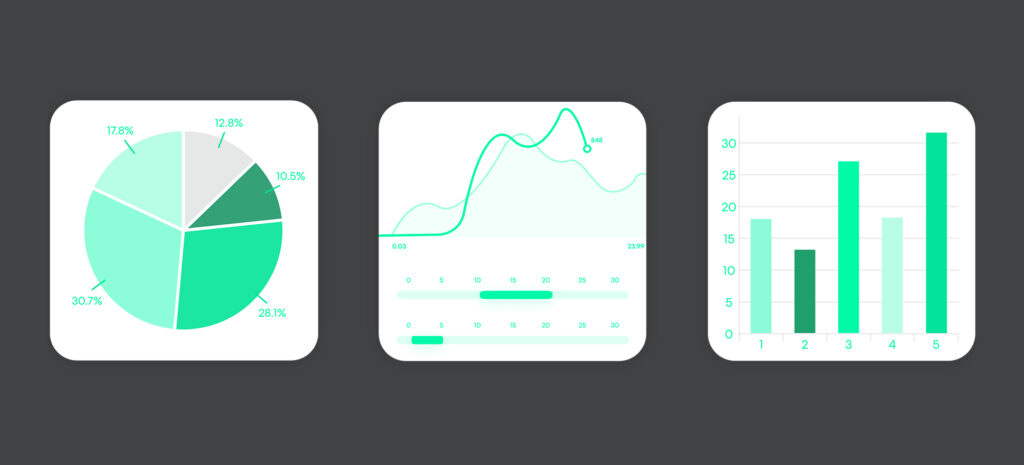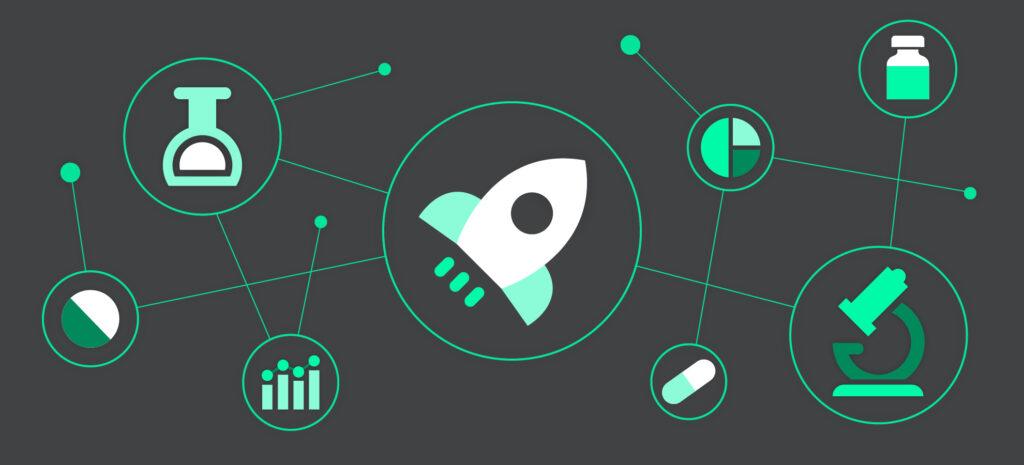Medical device organizations were able to navigate the challenging pandemic years due to innovation and agility. Adding flexibility in uncertain times – by shifting trial activities to at-home monitoring, using virtual meetings rather than in-person events, and working under crisis-driven regulatory updates – enabled medtech teams to continue vital work.
In the year ahead, the top medical device industry challenges will also require agility to avoid further operational disruptions and chart a path forward. Let’s examine what teams are up against.
What are the top medical device industry challenges?
Ongoing supply chain issues. Supply chain problems that began during the pandemic will persist, with some analysts saying certain shortages could continue into 2023. Primary issues include:
- Rising raw material prices
- Increased demand
- Hampered distribution networks
According to research, these factors can exacerbate additional supply shortages, lack of alternatives, and delays in production. Agility, new forms of collaboration, and data intelligence were named as elements that can help companies adapt to a changing business landscape.
Against this backdrop, medical device companies must also think ahead to the next global disruption. Research from the McKinsey Global Institute found that within a ten-year period, major supply chain shocks could cause some medtech companies to lose approximately 38% of a year’s earnings. Medical device teams must anticipate that there will be severe disruptions in the future and plan accordingly.
“During [the pandemic], companies that suffered the least were those with strong backup plans, and were able to be resilient, flexible, and agile in the face of shortages and logistics issues.” – Paul Chaffin, senior executive, Molex
More regulatory changes. The pandemic changed the regulatory picture around medical devices and technology in healthcare, and some of these changes may present opportunities for future product development and approval. Industry experts believe that regulatory changes enacted to alleviate disruption during the crisis may serve as a test case for how device companies and regulatory bodies can work together more efficiently in the future. “The regulatory agencies are essentially required to go back to where they were before [the pandemic], but we don’t unlearn,” says Amy Abernethy, former principal deputy commissioner and acting chief information officer, US FDA. “What it allows us to do is continued evidence development while maintaining more clinician- and patient-centric care.”
Demand for faster product development. Pressured to develop, manufacture, and distribute point of care diagnostic instruments and tests during a global health crisis, the medical device industry delivered. In the process, organizations set a new standard for future development timelines. Now, medical device companies must balance these expectations against research and development timelines that are slow and expensive by design, due to the need to ensure patient safety.
How can medical device companies solve challenges with technology?
Technology can help solve medtech’s problems with solutions that apply to every stage of the product development process, and might include:
- Robotic process automation
- Cloud-based collaboration systems
- Artificial intelligence
- Big data analytics
Workflow changes can also have a significant impact. In fact, experts recommend re-examining when to involve various stakeholders, and how to ensure product requirements are explicit and comprehensive from the early stages of development. Involving stakeholders at crucial points in the product lifecycle is important – but medical device organizations can use technology even earlier in the process, to ensure the right stakeholders are involved right from the beginning.
When medical device teams work with KOLs, they might rely on tried-and-true methods of KOL identification – the typical bibliometrics and speaking circuit data. While these experts can and do provide important insight, medtech teams might only be getting part of the picture. Now, network analytics and social listening can use data to find niche experts, rising stars, and experts who are well-versed in science, but perhaps not HCPs. By allowing technology to do most of the work of finding these experts, medical device teams can be more precise in each project, and react to changing needs more quickly.
“As medtech companies start to build out their technology stacks, they may be able to capture quick wins by integrating new capabilities into existing systems and workflows.” – McKinsey
Other emerging tech tools like asynchronous virtual engagement and life sciences-trained natural language processing can get these experts together, capture their input, and more quickly elevate areas of focus or concern to equip medical device organizations with the decision-making power they need to drive work forward. Tucking these tools into an existing insights management strategy keeps everything in a single point of truth, so everyone has access to the same information at the same time.
Want more information on technology for medical device teams? Read about engagement trends in our 2022 guide.







